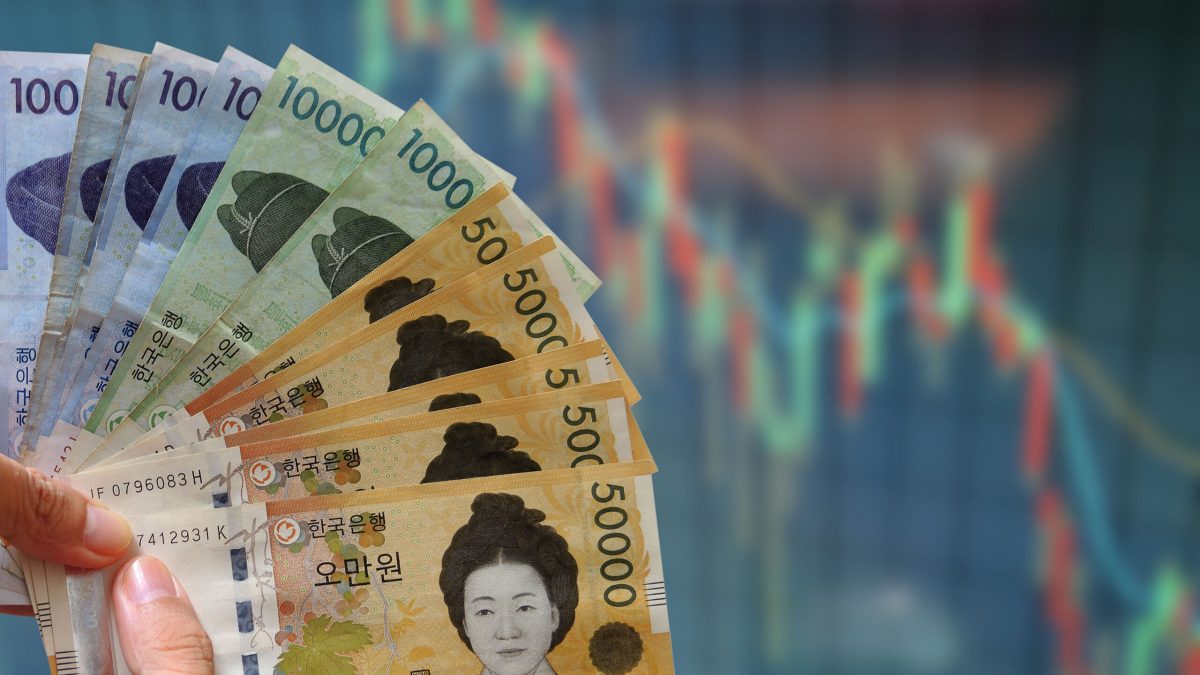As the Korean won rapidly appreciates against the US dollar, significant shifts are emerging in the exchange-traded fund (ETF) market, with currency-hedged ETFs seeing an increase in returns, while currency-exposed ETFs experience a decline in performance, BusinessKorea reports.
The exchange rate, which had been in the upper 1,300s, has recently dropped to the lower 1,300s, causing a divergence in the performance of currency-hedged and currency-exposed ETFs.
Specifically, currency-hedged ETFs, which protect investors from exchange rate fluctuations, have seen an uptick in returns, while currency-exposed ETFs have faced declines.
Currency-hedged ETFs lead the market
According to Koscom’s ETF Check on September 1, the top-performing ETFs among the 38 funds tracking the S&P 500 and NASDAQ 100 indices were all currency-hedged as of August 30.
These ETFs mitigate the risks of exchange rate fluctuations by fixing the exchange rate of the underlying foreign assets.
For instance, the “TIGER SYNTH-S&P500 Leverage(H)” ETF recorded a monthly return of 4.44% as of August 30, making it the top performer.
It was closely followed by “RISE US S&P 500(H)” with a 2.45% return, “KODEX US NASDAQ100 Leverage (SYNTH H)” at 2.41%, and “KODEX US S&P500(H)” at 2.38%.
In contrast, most currency-exposed ETFs saw their returns drop by around 1% due to the recent decline in the exchange rate.
These ETFs, which are directly impacted by exchange rate movements, benefit from a rising exchange rate but lose value when the exchange rate falls.
Investor interest grows in currency-hedged ETFs
Investors are increasingly turning to currency-hedged ETFs, anticipating further declines in the Korean won-US dollar exchange rate as US interest rate cuts become more likely.
Over the past month, the KODEX US S&P500(H) ETF attracted 35.9 billion won (approximately $26.8 million) in inflows, representing over one-third of its total inflows for the year.
However, there are important considerations for investors in currency-hedged ETFs.
One significant factor is the cost associated with maintaining the fixed exchange rate. These products invest in futures, leading to additional costs that are passed on to investors.
Consequently, long-term investments in currency-hedged ETFs may become more expensive, potentially reducing overall returns.
Long-term outlook and caution for investors
Despite the costs, interest in currency-hedged ETFs is expected to persist, especially with the US Federal Reserve likely to implement at least one more rate cut after the September FOMC meeting.
However, a securities industry insider cautioned:
Investing in currency-hedged products can be a strategy when exchange rate volatility is high or difficult to predict. But investors should remember that if the exchange rate rises, returns from currency-hedged products will be relatively lower compared to currency-exposed ones.
The post Rising volatility in US Dollar-Korean Won exchange rate drives surge in ‘currency-hedged ETFs’ appeared first on Invezz

